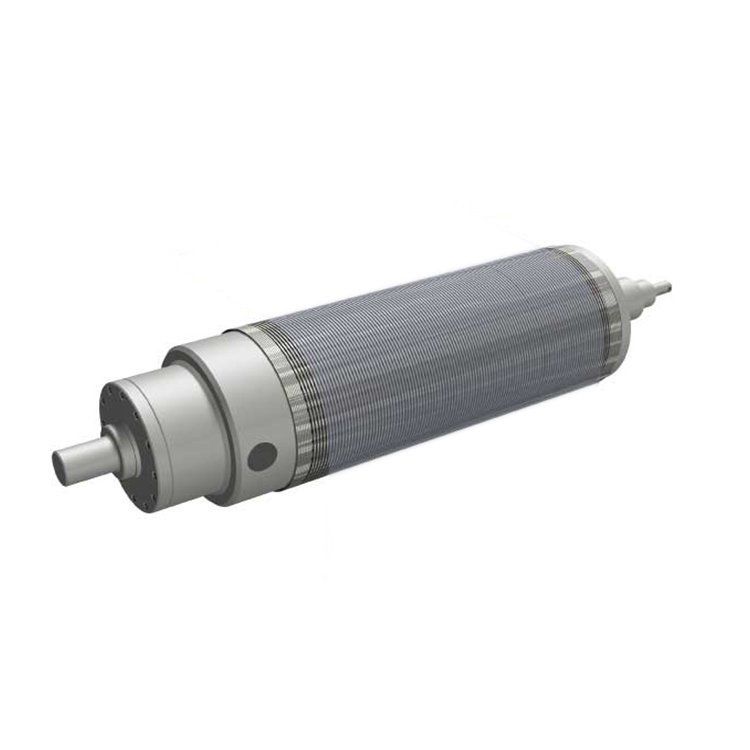Aspects of powder metallurgy parts
2024-02-20
Powder metallurgy (PM) is a manufacturing process that produces metal parts from metal powders. It involves compacting finely powdered metal into a desired shape and then sintering the compacted powder to form a solid piece. Here are key aspects of powder metallurgy parts:
1. Powder Production: The process starts with the production of metal powders. Metals such as iron, steel, aluminum, copper, and alloys are commonly used. The powders can be produced through various methods, including atomization, chemical reduction, and mechanical comminution.
2. Powder Blending: In powder metallurgy, different metal powders or alloy powders may be blended to achieve desired material properties. Additives, such as lubricants or binders, may also be mixed with the powders to facilitate the compaction process.
3. Compaction: The blended powders are then pressed or compacted into the desired shape using a die and a press. The compaction process results in a green compact, which is a loosely held-together form of the part.
4. Sintering: The green compact is subjected to high temperatures in a controlled atmosphere during the sintering process. Sintering allows the metal particles to bond together, resulting in a solid, dense part. The temperature is below the melting point of the metal to avoid complete liquefaction.
5. Densification: Sintering helps in densifying the material, reducing porosity, and improving the mechanical properties of the final part. The final density achieved depends on factors such as temperature, time, and the composition of the powder.
6. Secondary Operations: After sintering, additional secondary operations may be performed to enhance the properties or features of the part. These can include heat treatment, machining, surface finishing, and coating.
7. Net Shape Manufacturing: One of the advantages of powder metallurgy is the ability to achieve near-net shape manufacturing. This means that parts can be produced with minimal material waste, reducing the need for additional machining.
8. Complex Geometries: Powder metallurgy allows for the production of parts with complex geometries and intricate features that might be challenging or expensive to achieve using other manufacturing methods.
9. Materials: Powder metallurgy can be applied to a wide range of materials, including ferrous and non-ferrous metals, as well as alloys. The process is particularly well-suited for materials with high melting points.
10. Applications: Powder metallurgy parts are used in various industries, including automotive, aerospace, medical, electronics, and consumer goods. Common examples include gears, bushings, bearings, sprockets, and structural components.
Powder metallurgy is a cost-effective and efficient method for producing parts with specific material properties and shapes. It is valued for its ability to produce intricate parts with minimal waste, making it suitable for both high-volume production and specialty applications.



